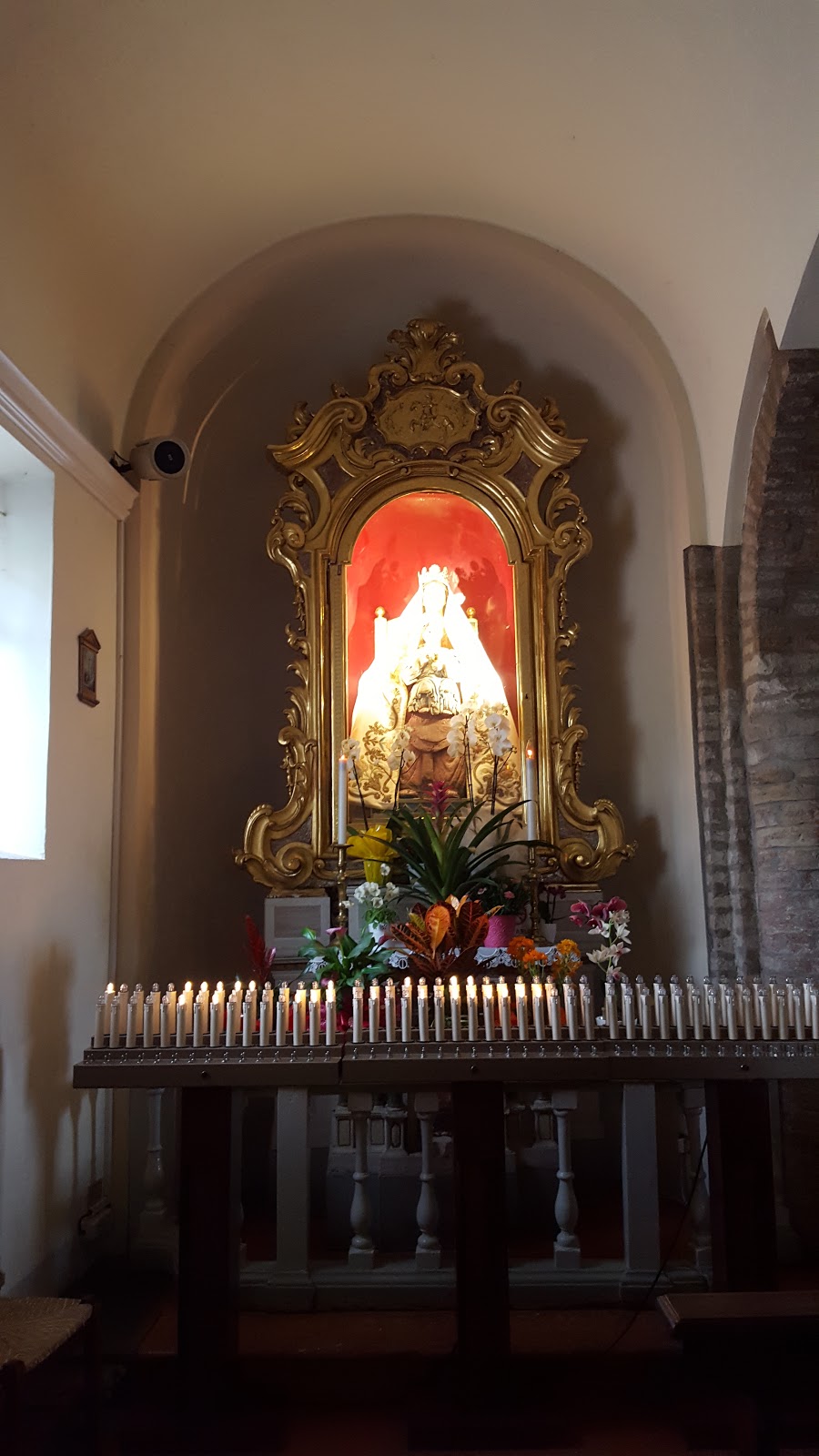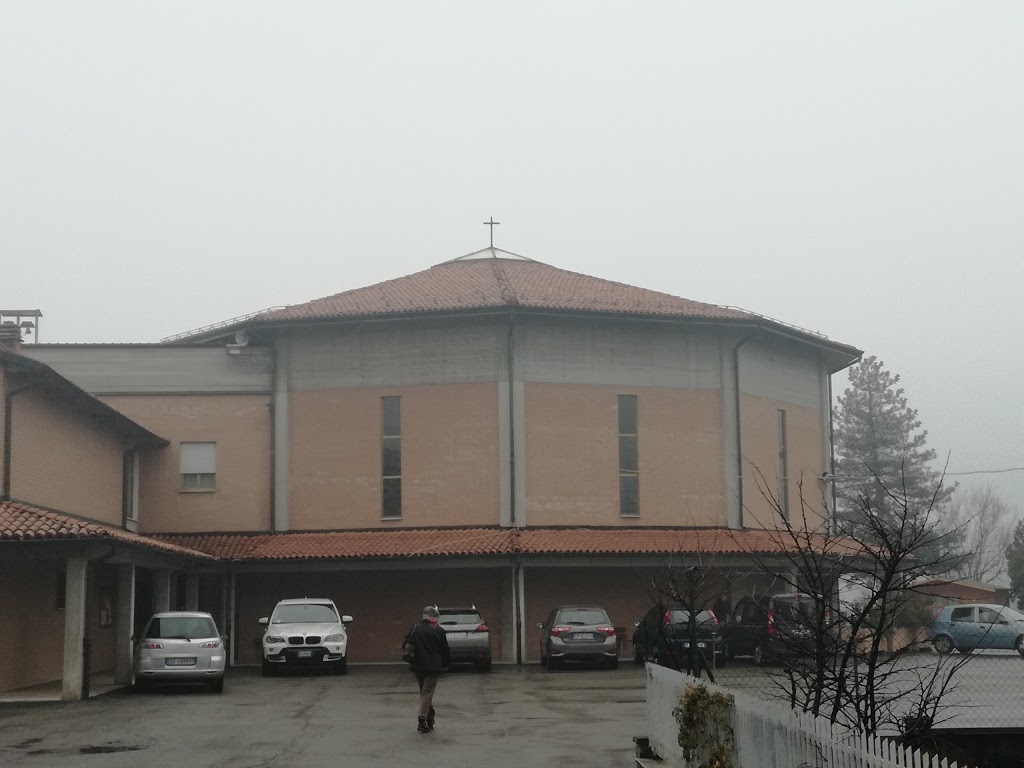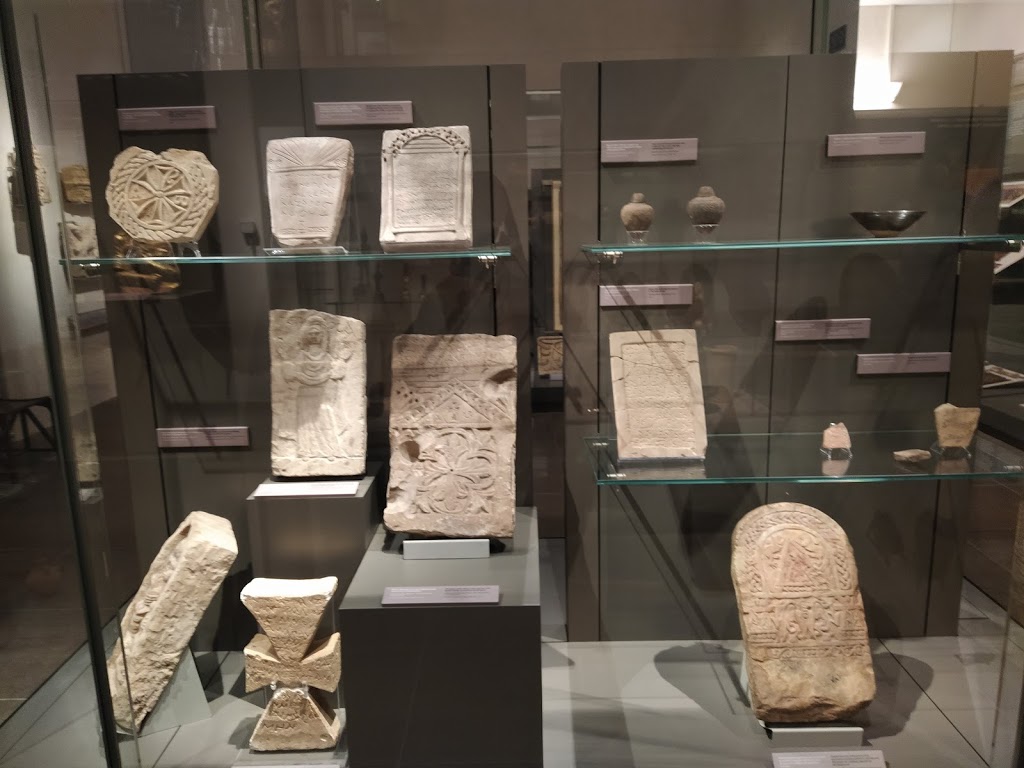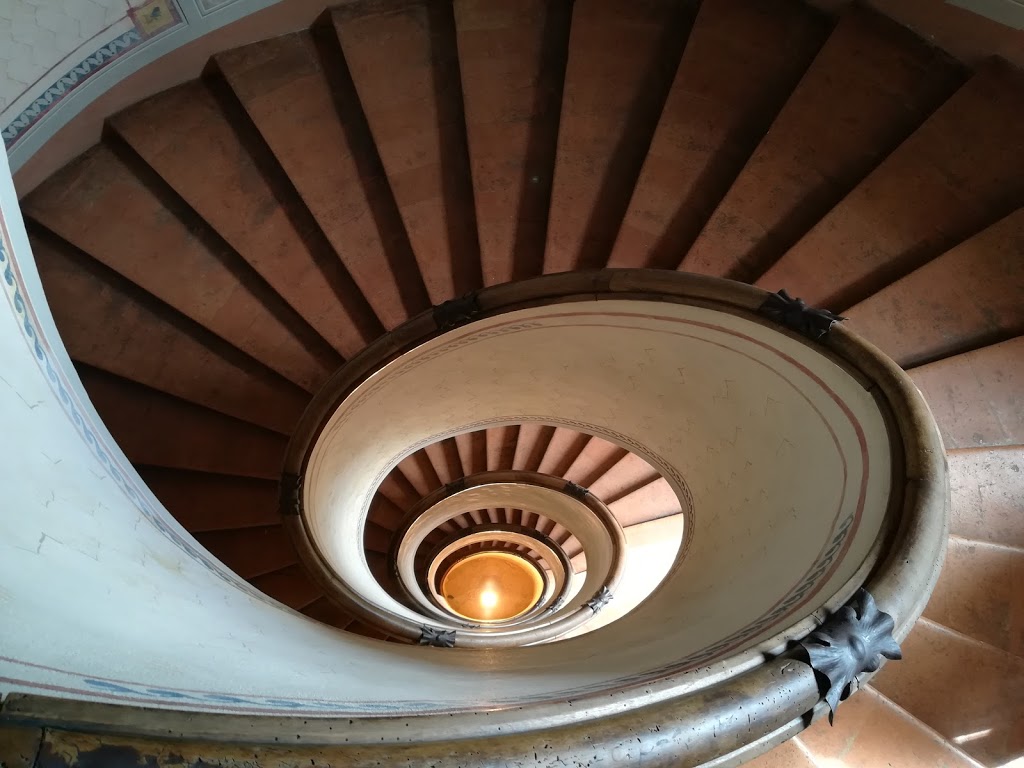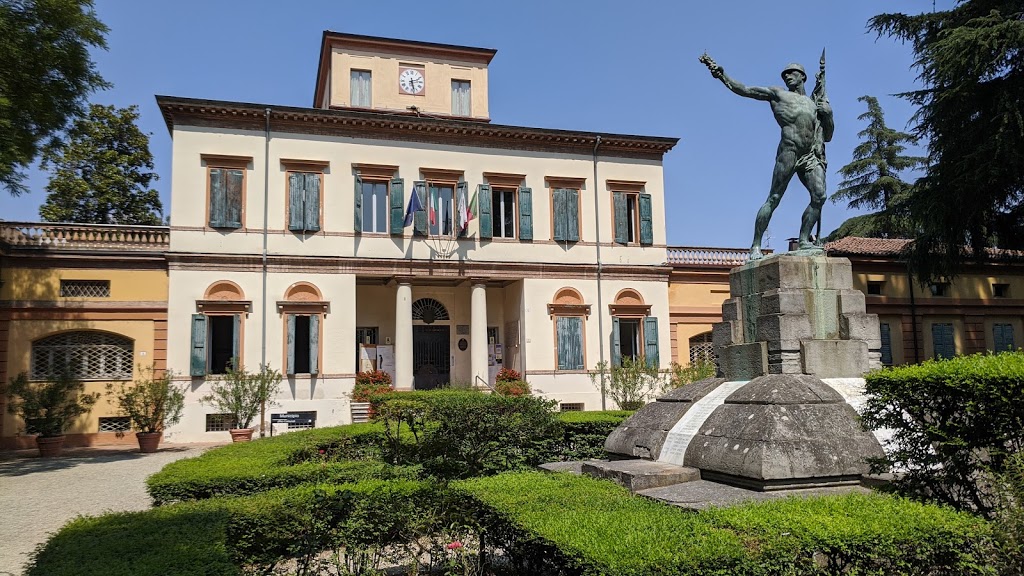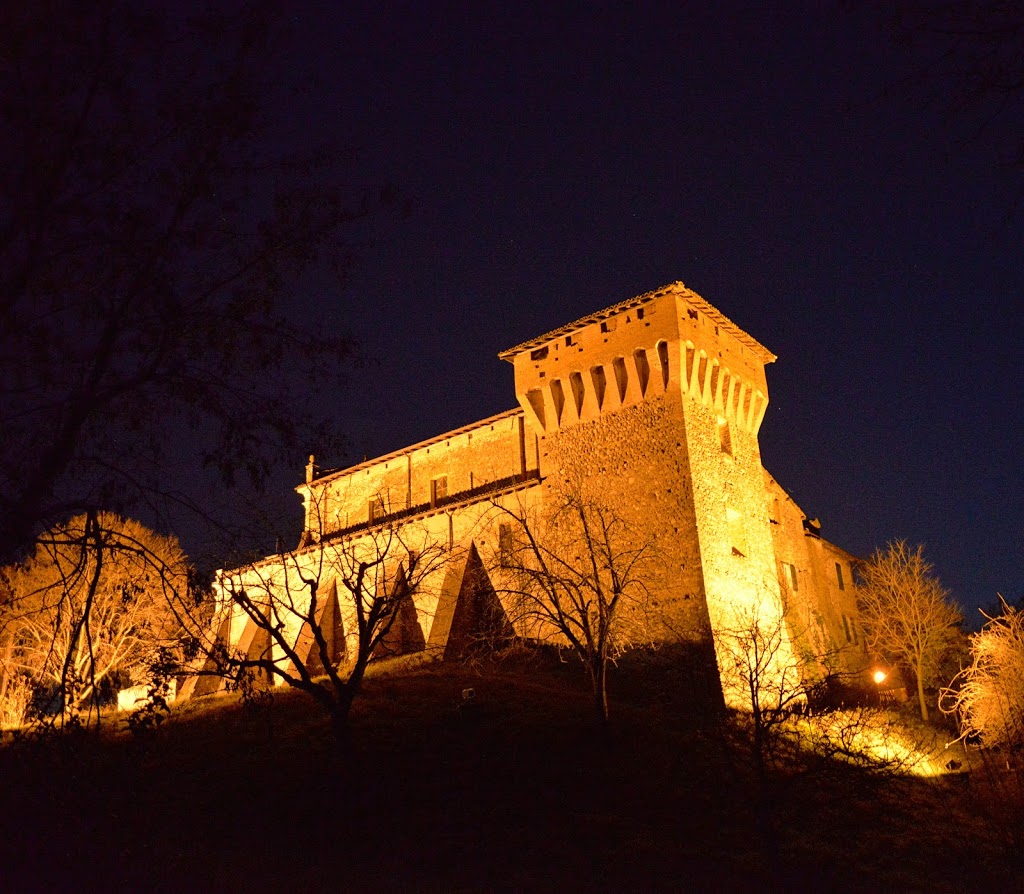A sanctuary that has its roots in the early Middle Ages and testifies to a deep bond with the population
The Sanctuary of the Madonna della Pieve is located on the side of the road to Marano sul Panaro near what were the borders of Campiglio. Tradition has it that the church was built by the Lombard king Liutprando on the foundations of a pagan temple.
Mentioned for the first time in 1174 on the “Regesta” of the Cathedral of Modena, it is described as located at the foot of the hills, with the facade on the stretch of Via Claudia that leads from Savignano towards the Panaro. Originally the Pieve was dedicated to San Martino. From documents of the time, in fact, the name of a “San Martino in centum ripis” is found, with reference to the orographic and hydrogeological instability of the place.
The Romanesque construction, of which the apse area and the cruciform pillars remain, grew together with its territory, reaching the role of a plebeian church in the 12th century AD. With the arrival of the Contrari in Vignola, the church was slowly forgotten due to of the funding given by Uguccione for the new church dedicated to Saints Nazario and Celso and thus begins its structural decline probably due precisely to abandonment and neglect.
However, in 1615, thanks to the devotion of the Bolognese nobleman Gregorio Malvezzi, the construction site of a new oratory was started, the renewed place of worship was dedicated to the Madonna della Pieve.
The current appearance is the one given to it during the seventeenth-century restorations, the apse stands out from which the plaster has been removed in order to show its original Romanesque appearance where two stone fragments with braided reliefs are visible. Of significant interest are also a seventeenth-century holy-water font and a statuette representing a Madonna with child probably dating back to the 1200s. Externally you can see the porticoed entrance, the bell tower and a side building used as a rectory.
The Pieve still plays an important role for the community today thanks to the functions that are celebrated on the first Saturday of May and 8 September, traditional points of reference of the Vignola religious life.

